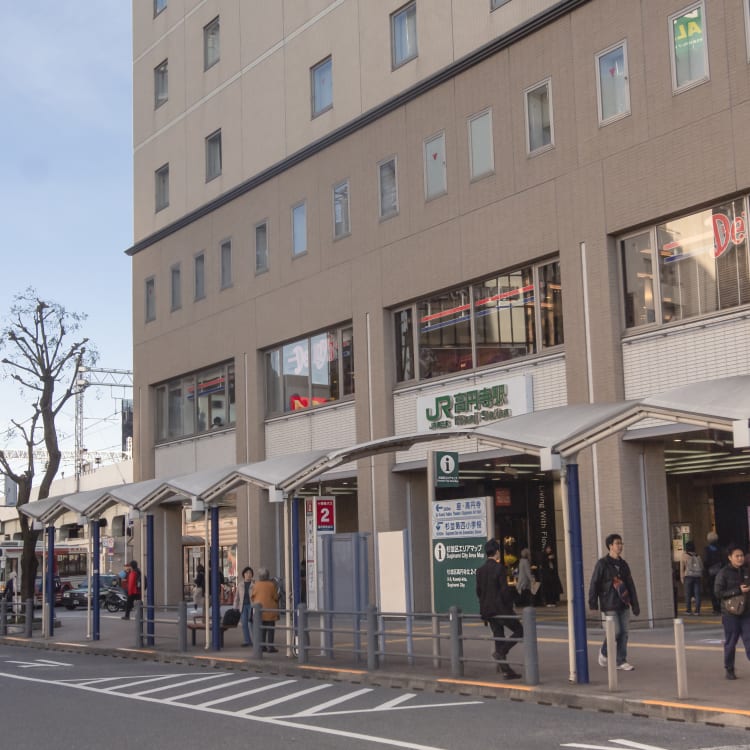
Stations apart, worlds apart – Introducing West Tokyo! Explore the many sides of west Tokyo by following the train lines
Stations apart, worlds apart – Introducing West Tokyo! Explore the many sides of west Tokyo by following the train lines
Tokyo is a massive city; a patchwork composed of dozens of small cities stitched together by a spider web of train and subway lines, each with their own original history, culture, and people. Consequently, travelling short distances—even only one or two stations—often reveals a completely new side of the city. So, when you are visiting Tokyo, take advantage of the impressive public transport, and experience the city at the ground level along the train lines!

The area surrounding the Chuo line which runs westward from Shinjuku exemplifies the subcultural diversity you can find in Tokyo. Although easily accessible, the area can easily be overlooked when visiting Tokyo for the first time. Opt to take time to explore the west parts of Tokyo for your next trip.
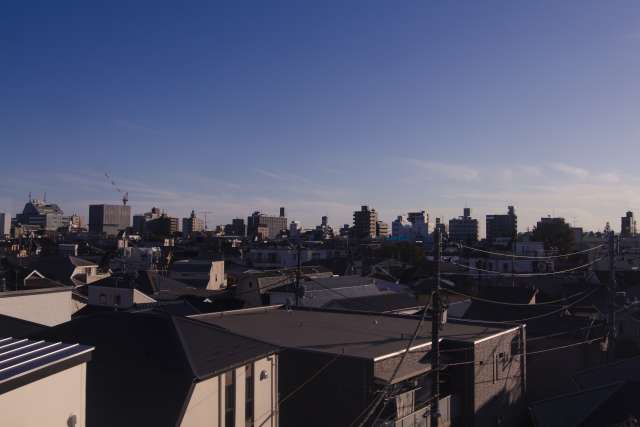
A bridge to the west side – Chuo line
Starting from Tokyo station, the Chuo Line (Chuo meaning central) goes straight through central Tokyo, passing through Shinjuku, before heading towards Tachikawa and Takao. With the easy access to central Tokyo through the Chuo Line, over the recent years, west Tokyo has grown into a populous residential district. The line is also considered to be one of the busiest ones during the morning rush hour in Tokyo, as it serves as the main form of commute for a great number of people. The resulting economic growth throughout the area has brought about lots of new business development, which combined with the old long-established shops and the areas’ history, has created a varied collection of interesting places and experiences.
The area around each station can provide enough entertainment for a full day expedition, but you can also explore the differences they have to offer by stopping by at each station on your way past. If you have a JR Pass, you can get on and off any JR line as many times as you like; perfect for endless exploring! There are also daily passes such as the Tokyo 1-Day Ticket giving you unlimited access to the metro, bus, and JR lines within greater Tokyo.
Nakano – A local and intimate Akihabara
The first stop on Chuo line from Shinjuku is Nakano. It is a popular visit for tourists who are interested in Japanese subculture, such as anime or manga. For those into photography, Nakano is a one-stop shop for cameras. On the north side of the station, passing through the lively Nakano Sunmall shopping street you can reach Nakano Broadway, a 4-story shopping street/mall with a nostalgic retro-vibe interior. The building is like Akihaba packed under one roof, overflowing with shops selling hobby goods, collectors items, games, idols, manga and Anime.Don’t miss Mandarake Henya, a museum-like, collector’s item store, with a temple-inspired storefront and futuristic-looking inside filled to the brim with old-school figurines and toys from a variety of series spanning the past decades.
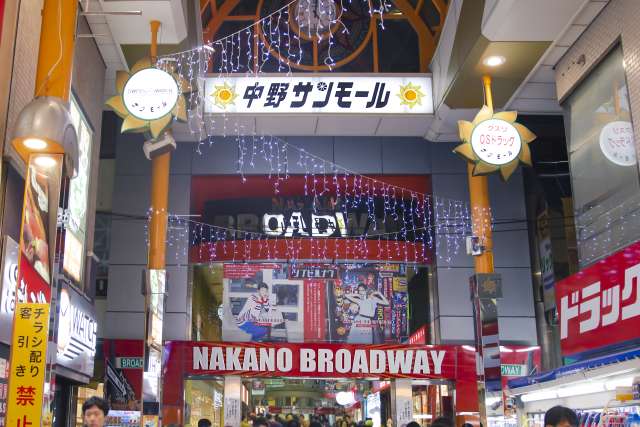
Heading into the side streets, you can also find the main store of the popular second-hand camera shop Fujiya Camera. The main shop carries around 3,000 used camera items, and other shops in the area focus on everything else camera related. The maze of side streets offers a variety of delicious restaurants and bars to choose from.
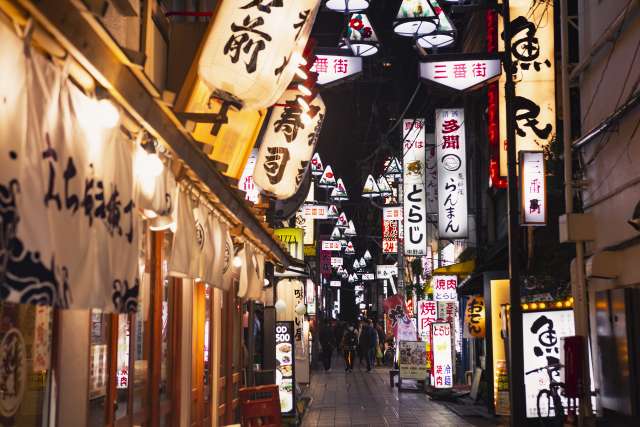
Koenji – Heaven for thrift and vintage shoppers, music lovers, and Matsuri enthusiasts
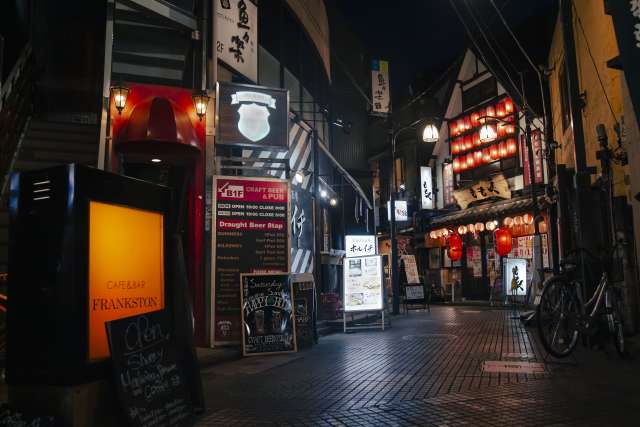
If you are into second-hand shopping, music, and subcultures, this is an area for you. The redevelopment which has taken over most of western Tokyo has yet to spread past much further than Koenji station. As a result, the surrounding area is an untouched subculture melting pot. Around 10 different shopping streets surround the station. ach direction leads towards fascinating places with their own unique atmosphere. If you are on the hunt for vintage, quirky clothes, head south, to Pal shopping street, just a minute walk from the station. Further down, Pal shopping street transitions into Look Shopping Street where an even greater number of second-hand clothing stores with content from different countries and decades await.
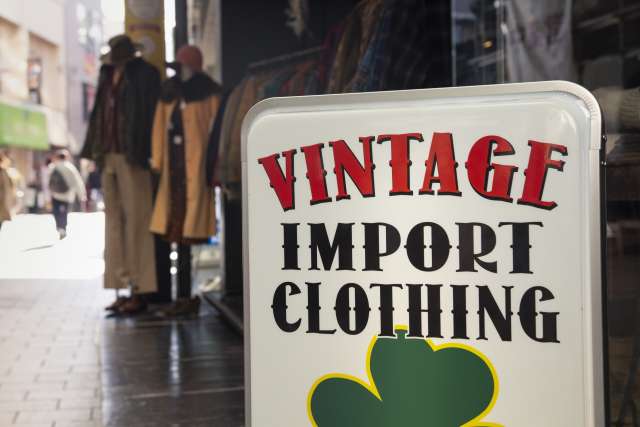
Recently, Koenji’s yearly Awa-Odori Festival has become increasingly famous. This major festival boasts a 400-year long history and attracts more than 1 million spectators each year. Held in the last week of August, the festival is centered around the traditional Awa Dance from Tokushima., Around 10 thousand dancers participate to create what has become a beloved summer tradition. Even if you can’t join the festivities, visit the Koenji Awa-Odori Museum(Japanese only) to see photos and clothing from the event. The museum is located on the Look Shopping Street.

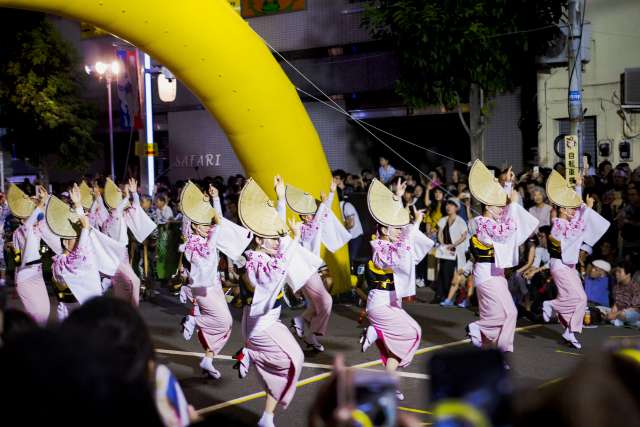
When tired after exploring and shopping, drop by the west side, where you will find many kinds of restaurants and bars running under and along the JR train tracks. Whether solo or in a group, you are bound to find something to your taste. There are also many music bars spread around the area if you are looking to explore the deep culture of Koenji.
The best way to discover Koenji is to get lost and find your favorites.
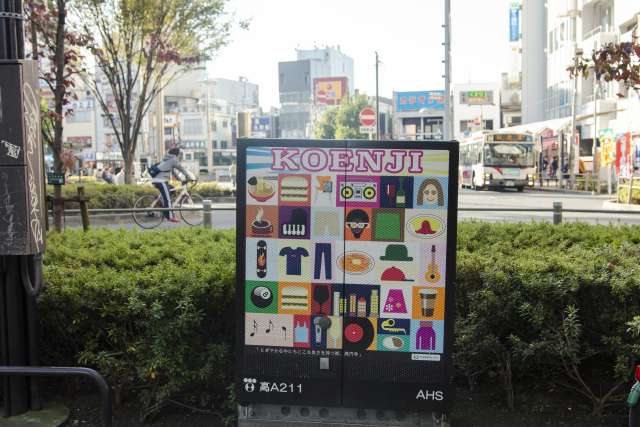
Kichijouji – Endless shopping, fashionable cafes, and a big park.
For the past several years, Kichijouji has ranked as one of the most desirable areas to live in. Everything you could want or need can be found concentrated in the area around the station: budget to high-end shopping, cheap bars to fancy cuisine, local stores, or photogenic cafes. The proximity to a large park, and the comparatively low-key tempo, make it an easy place to live and an enjoyable place to explore when going off the beaten track.
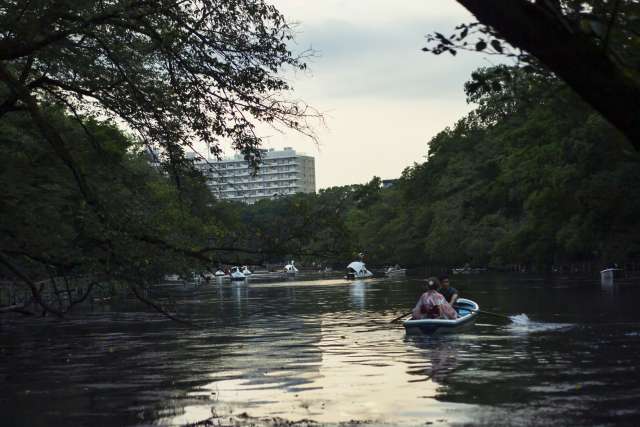
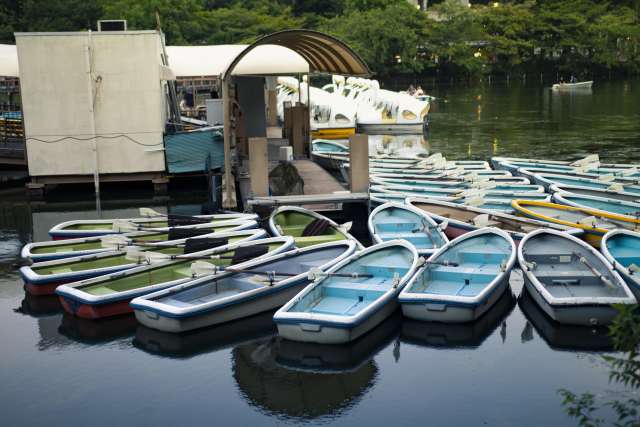
If you are looking for some food and drinks in the evening, head back towards the station for a street filled with izakayas and lively restaurants. West of Sunroad, you can find the Harmonica Yokocho street, a narrow maze-like alleyway filled with standing bars.
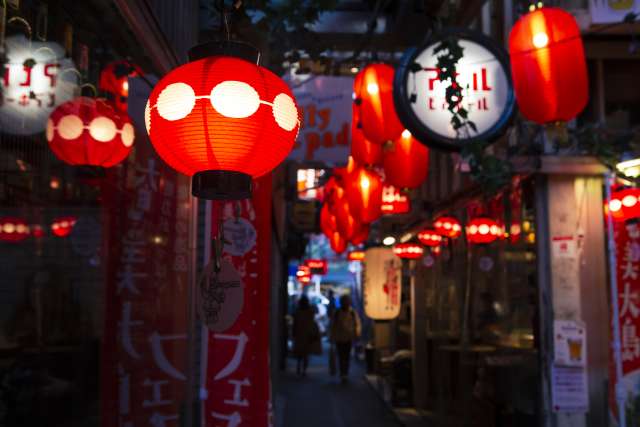
Mitaka – A relaxed area with local fresh produce and the world of Ghibli.
Mitaka is a spacious and green residential area without most of the hustle and bustle of lively shopping streets, apart from the small area on closest to the station from its south exit. The calmer surrounding area makes for the ideal home for the popular Ghibli museum, located a 15-min walk from Mitaka station. Due to its popularity and limited capacity of visitors, don’t expect to be able to get tickets for the same day you want to go. Instead make sure to book ticket as early in advance as possible!
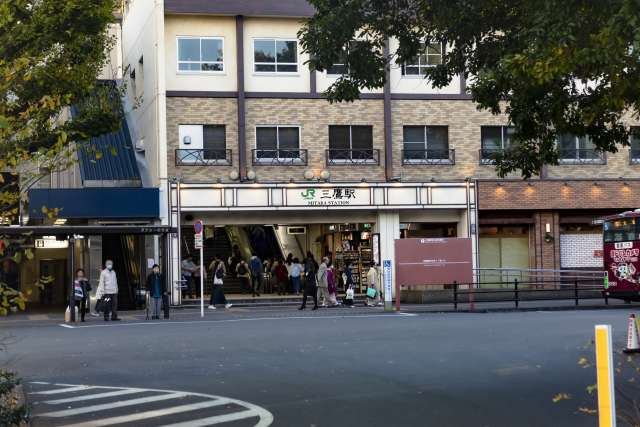
Being on the outskirts of greater Tokyo, more land is used for agriculture. In Mitaka, you can taste locally sourced delicacies made of fruits and vegetables. Visit the Mitaka City Tourism Association, located in Mitaka station, to pick up a walking map and rent a talking pen for 100yen/day, to help guide you to the best spots in the neighborhood!
Other smaller stations to explore the Chuo line
While the bigger stations are more well-known and offer a wider range of things to explore, the smaller areas are just as full of personality and can be just as exciting to discover if time allows!
Asagaya
Suginami Ward in general has many animation studios, and a majority are in Asagaya. The Asagaya Pearl Center Shoutengai is a long shopping street famousits Tanabata festival held in August each year. The Asagaya Tanabata Festival is one of the bigger Tanabata festivals in Tokyo. The big cartoon papier-mâché figures hanging from the ceiling is something that sets it apart from most other Tanabata festivals in Japan.
Ogikubo
If you are a ramen enthusiast, a stop by Ogikubo should be high on your list! Not only is the area dense in noodle shops, giving it its nickname ‘Ramen Town’, some places have been around for about half a century, which is a long time for a ramen shop in Tokyo.
Nishi-Ogikubo
This older, upscale residential area offers a combination of small, quaint shops selling antiques and vintage goods, fashionably hip cafes, and cheap drinking joints with strong character.
Explore the Chuo Line for some exciting and time-efficient adventures to enhance your trip to Tokyo!




















































